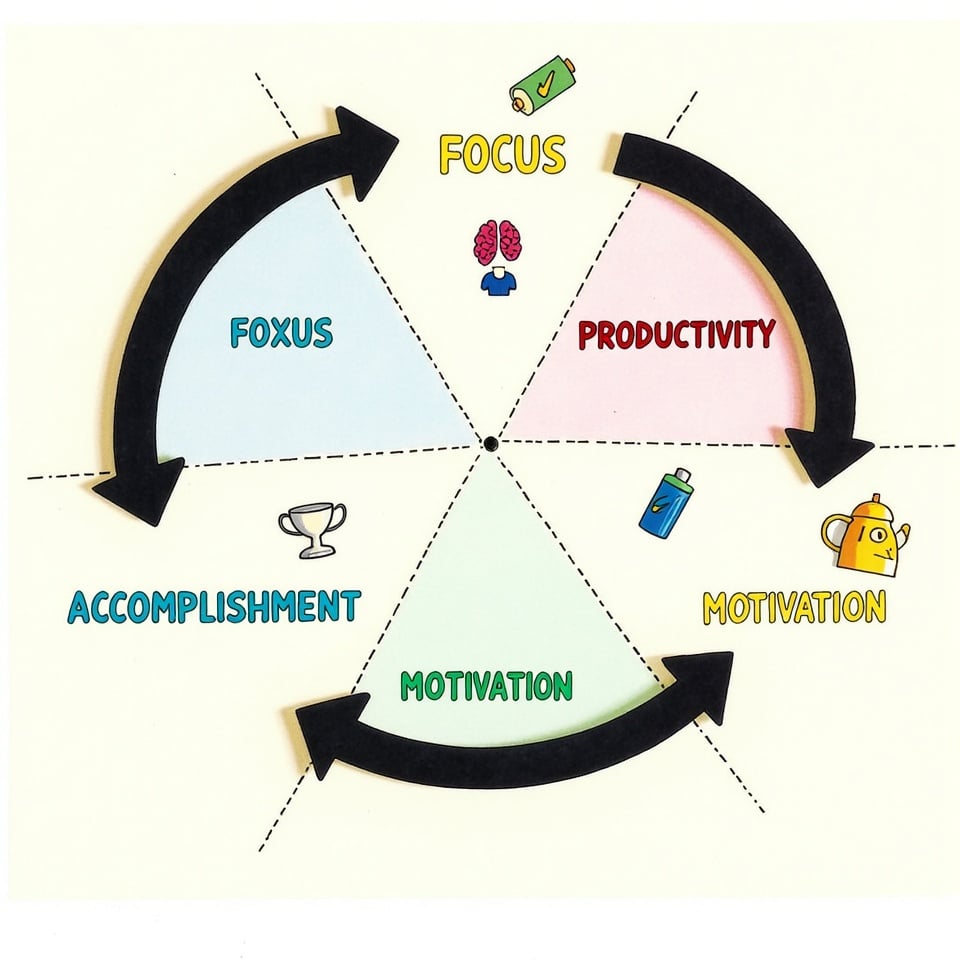When you write an essay, you want to make sure people read it from start to finish. But how do you get them to start reading in the first place? That’s where a hook comes in.
A hook is a sentence or phrase that grabs the reader’s attention and makes them want to keep reading.
In this article, I’ll show you how to write a hook that will make your essay stand out and keep your readers engaged.
Table of Contents
What is a hook in an essay?
A hook is a sentence or phrase that grabs the reader’s attention and draws them into your essay. It’s like a fishing hook that catches a fish — it pulls the reader in and makes them want to read more. A good hook can be a question, a surprising fact, a quote, or even a personal story. Its job is to make the reader curious and interested in what you have to say.
Think of a hook like the opening scene of a movie. It sets the tone and makes you want to keep watching. In an essay, a hook does the same thing. It introduces the topic and makes the reader want to keep reading to learn more.
A hook is usually the first sentence or two of an essay, and it should be attention-grabbing and interesting. It’s not just a boring old sentence that tells the reader what the essay is about. A hook is creative and makes the reader think, “Wow, I want to read more about that!
Types of essay hooks
There are many types of essay hooks that can grab the reader’s attention.
Here are some of the most common ones:
1. Rhetorical questions
A rhetorical question is a question that makes the reader think, but doesn’t expect an answer. It’s like asking a question that sparks curiosity and makes the reader want to keep reading to find out the answer. For example:
- “What would happen if we ran out of water?”
- “Can we really live without technology?”
Rhetorical questions make the reader think and want to learn more.
2. Quote
Using a famous quote can be a great way to start an essay. It adds credibility and makes the reader interested in what you have to say. Choose a quote that relates to your topic and makes sense in the context of your essay. For example:
- “As Albert Einstein once said, ‘Imagination is more important than knowledge.'”
- “According to Martin Luther King Jr., ‘The time is always right to do what is right.'”
A quote can inspire and motivate the reader to keep reading.
3. Anecdote
An anecdote is a short personal story that relates to the topic of your essay. It’s like sharing a personal experience that makes the reader connect with you and want to hear more. For example:
- “I remember the time I visited a zoo and saw a giant panda up close. It was amazing!”
- “When I was little, my grandma used to tell me stories about her childhood. One story that stuck with me was…”
Anecdotes make the reader feel like they’re reading a story, not just an essay.
4. Fact/statistics
Using an interesting fact or statistic can be a great way to start an essay. It’s like sharing a secret that not many people know, and it makes the reader curious. For example:
- “Did you know that there are over 7 billion people in the world, but only 3% of the water is freshwater?”
- “According to a recent study, the average person spends over 4 hours a day watching TV.”
Facts and statistics make the reader want to learn more and understand the topic better.
5. Description
A descriptive hook uses vivid language to describe a scene, object, or person. It’s like painting a picture with words that makes the reader visualize and want to read more. For example:
- “Imagine walking through a dense forest, surrounded by tall trees and the sounds of birds chirping.”
- “The old, creaky door slowly opened, revealing a room filled with dusty antiques and forgotten memories.”
Descriptive hooks make the reader feel like they’re part of the scene.
6. Common Misconception
Starting an essay with a common misconception can be a great way to grab the reader’s attention. It’s like revealing a secret that not many people know, and it makes the reader curious. For example:
- “Many people think that Thomas Edison invented the light bulb, but that’s not entirely true.”
- “Some people believe that you should drink at least eight glasses of water a day, but is that really necessary?”
Common misconceptions make the reader want to learn more and understand the truth.
Writing a hook for an essay
Now that you know what a hook is and the different types of hooks, it’s time to learn how to write one. Writing a hook is like crafting a key that unlocks the reader’s interest.
Here are some steps to help you write a great hook:
- Start with a idea: Think about the topic of your essay and what you want to say. Brainstorm ideas that relate to your topic and make a list.
- Choose a hook type: Look at your list and decide which type of hook would work best for your essay. Do you want to use a question, a quote, an anecdote, or something else?
- Make it interesting: Remember, the goal of a hook is to grab the reader’s attention. Make sure your hook is interesting and makes the reader want to read more.
- Keep it short: A hook should be short and sweet. Aim for one or two sentences at most.
- Make it relevant: Make sure your hook relates to the topic of your essay. You don’t want to confuse the reader or make them wonder what your essay is about.
Tips for Writing a Great Hook
- Use action words like “imagine,” “picture,” or “envision” to create a vivid image in the reader’s mind.
- Use questions that make the reader think, like “What if…” or “Why not…”
- Use quotes from famous people or books that relate to your topic.
- Use personal experiences or anecdotes that make the reader connect with you.
- Use interesting facts or statistics that make the reader want to learn more
Examples of some good hooks for essays
Here are some examples of good hooks for essays on different topics.
Remember, these are just examples, and you can use them as inspiration to write your own hooks.
Example 1: Hook for an Essay about Space Exploration
“Imagine being the first person to set foot on Mars. What would you see, hear, and feel?”
This hook uses the action word “imagine” to create a vivid image in the reader’s mind. It makes the reader curious about what it would be like to explore a new planet.
Example 2: Hook for an Essay about Recycling
“Did you know that recycling just one plastic bottle can save enough energy to power a computer for 25 minutes?”
This hook uses an interesting fact to grab the reader’s attention. It makes the reader want to learn more about the importance of recycling.
Example 3: Hook for an Essay about a Favorite Book
“‘It was the best of times, it was the worst of times…’ These famous words from Charles Dickens’ novel ‘A Tale of Two Cities’ have been echoing in my mind since I first read the book.”
This hook uses a quote from a famous book to create a connection with the reader. It makes the reader curious about why the book is so important to the writer.
Example 4: Hook for an Essay about a Personal Experience
“I still remember the day I learned to ride a bike. My dad was holding the back of the bike, and I was pedaling as fast as I could. Suddenly, he let go, and I was riding on my own!”
This hook uses a personal anecdote to create a connection with the reader. It makes the reader want to learn more about the writer’s experience.
Example 5: Hook for an Essay about a Historical Event
“What if the outcome of the American Revolution had been different? Would we still be living in a country ruled by a king or queen?”
This hook uses a question to make the reader think about the significance of a historical event. It makes the reader curious about what might have happened if things had turned out differently.
These are just a few examples of good hooks for essays. Remember, the key to writing a great hook is to make it interesting, relevant, and short.
Blainy can help you write great hooks for your essay
Are you having trouble coming up with a great hook for your essay?
Don’t worry, Blainy is here to help! Blainy can assist you in writing a hook that will grab the reader’s attention.
How Can Blainy Help?
Blainy can help you write a great hook in several ways:
- Ask Blainy to write a great hook: Simply ask Blainy to write a hook for your essay, and it will come up with a few options for you to choose from.
- Write a prompt and ask Blainy to write a hook: If you have a specific topic or idea in mind, you can write a prompt and ask Blainy to write a hook based on that prompt.
For example, you could ask Blainy:
“Write a hook for an essay about the importance of recycling.”
Or:
“Write a hook for an essay about my favorite book, ‘The Wizard of Oz’.”
Get a Great Hook with Blainy
Blainy can help you write a hook that will make your essay stand out. With Blainy’s help, you can create a hook that will grab the reader’s attention and make them want to read more.
So why not give it a try? Ask Blainy to write a great hook for your essay today!
FAQs
What is an example of a hook in an essay?
An example of a hook in an essay is a sentence or phrase that grabs the reader’s attention. It’s like a fishing hook that catches a fish. A good hook can be a question, a quote, a surprising fact, or a personal story. For instance, if you’re writing an essay about the importance of exercise. Your hook could be: “Did you know that exercising for just 30 minutes a day can add three years to your life?” This hook makes the reader curious and wants to know more about how exercise can benefit their health.
What is the best hook sentence?
There is no one “best” hook sentence that works for every essay. A good hook sentence is one that is interesting, relevant, and engaging. It should make the reader want to read more. The best hook sentence is one that is tailored to the specific topic and audience of the essay. For example, if you’re writing an essay about a book you loved, your hook could be a quote from the book that resonated with you. If you’re writing an essay about a historical event, your hook could be a surprising fact about the event. The key is to find a hook that works for your essay and your audience.
How to write a strong hook?
Writing a strong hook is not as hard as you think. To write a strong hook, you need to think about what will grab the reader’s attention. Start by brainstorming ideas related to your topic. Then, choose the most interesting or surprising idea and turn it into a hook. Use action words like “imagine,” “picture,” or “envision” to create a vivid image in the reader’s mind. You can also use questions, quotes, or personal stories to make your hook more engaging. Remember, the goal of a hook is to make the reader want to read more, so choose something that will pique their interest.
What is a good hook lead for an essay?
A good hook lead for an essay is a sentence or phrase that sets up the rest of the essay. It’s like a roadmap that shows the reader where the essay is going. A good hook lead should be interesting, relevant, and clear. It should also be concise and to the point. A good hook lead can be a thesis statement, a summary of the main points, or a transition sentence that connects the hook to the rest of the essay. For example, if your hook is a question, your hook lead could be a sentence that answers the question and sets up the rest of the essay. The key is to make sure the hook lead flows smoothly from the hook and sets up the rest of the essay.







